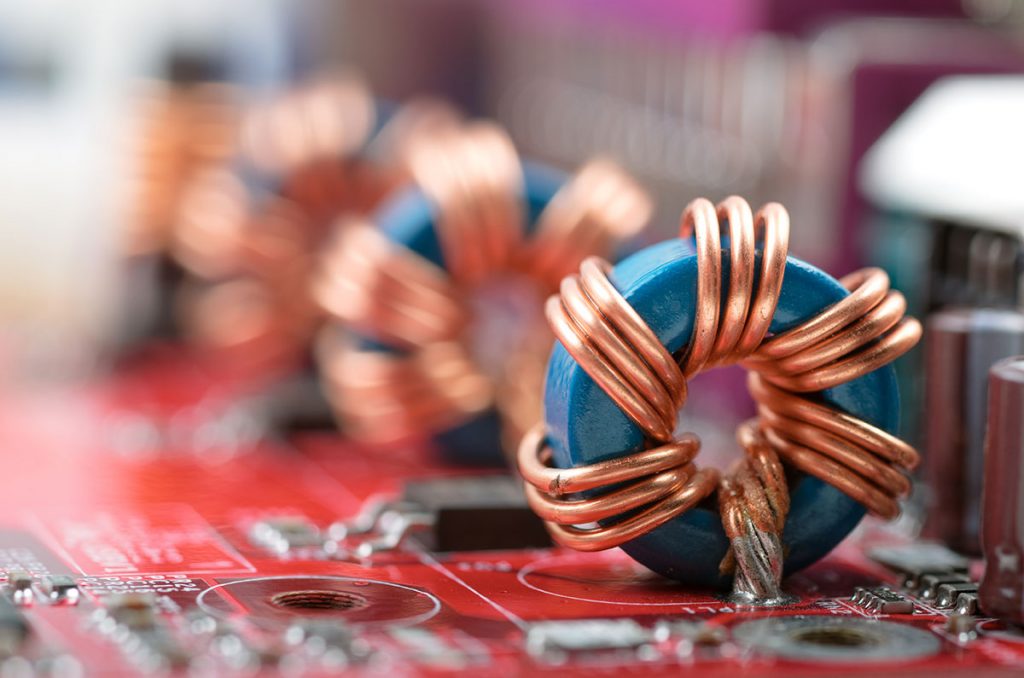How to choose your LED grow lights ?
Horticultural LEDs are becoming more popular, both in industrial crops and in individual plantations. This growing popularity is due both to promises of higher yields and to savings over the long term, particularly on the power consumption significantly lower than traditional horticultural lightings.
Since the price of LEDs today is still higher than that of conventional horticultural lamps, the choice of your horticultural LED panels must be made knowingly, at the risk of regretting your purchases. How well then choose your LED gardening panel? What are the points to focus on?
Adjustable LEDs, modular spectrum…
Your horticultural LED panels must be able to diffuse the spectrum of light that you choose in order to cover the needs of your plants so as to take full advantage of the possibilities offered by LED technology. Ideally, a horticultural LED will allow you to control the intensity of each LED color. You will be able to adjust your lamps to each type of crop or every time of the year, and you can give your plants all the light they need to grow fast and well.
Area covered by the horticultural LED
Not all horticultural LEDs cover the same surface area. As a set of HPS lamps and reflectors, your LED lighting must be suitable for the use you want to make of it. The surface covered depends, of course, on the distance between the horticultural lamp, the needs of your plantation, the optics but also its power.
Horticultural LEDs Power
As we indicated in a previous article, do not rely on lumens, which do not correspond to a light emission useful to plants. Look at PPFD (photon flux density photosynthesis) measurements, which measures the amount of PAR light that reaches a plant in one second.
LED power, effective power
Take into account the difference between the LED watts and the actual / consumed power. The LED watts correspond to the maximum power of the LED components that equip the lighting while the actual or consumed power of the lamp is the power at which these components are used, not the actual light emission.

Electronic power supply
Cooling system
The culture lamps are designed to bring your plants all the light they need. The production of light generates heat, which, if not effectively evacuated, will damage your horticultural lamp and reduce its lifetime.
So choose products that include large heat sinks that will quickly dissipate heat generated by LEDs. Otherwise, the temperature of the components will be high, which can impair efficient operation.
Well-designed fans, such as the Enermax or Noctua, are a guarantee of quality for the cooling of your LED panels.
Ideally, LED lamps should be mounted on printed circuit boards with a metal core. They drive much better heat than conventional circuit boards.
Direct current (DC)
Except for some LEDs running on alternating current, most of the LEDs are supplied with direct current. Power supplies will need to be able to efficiently convert alternating current to DC at the right voltage for your installation to last.

The Horticoled team can accompany you in all your project culture. From simple greenhouse cultivation, to automated multi-layer cultivation according to your farming goals and budgets.




